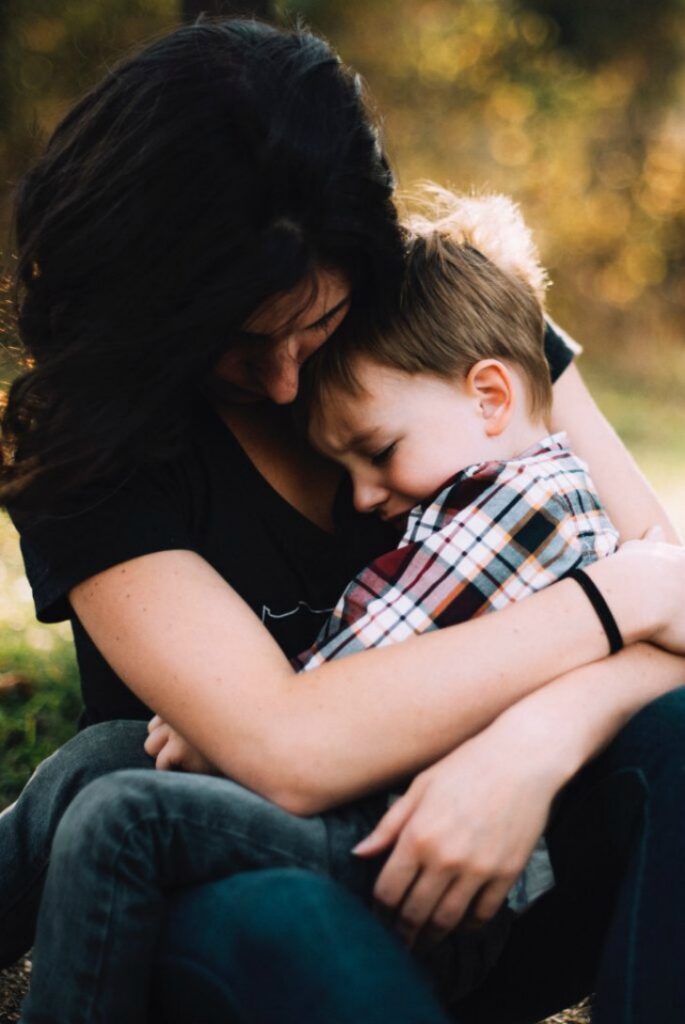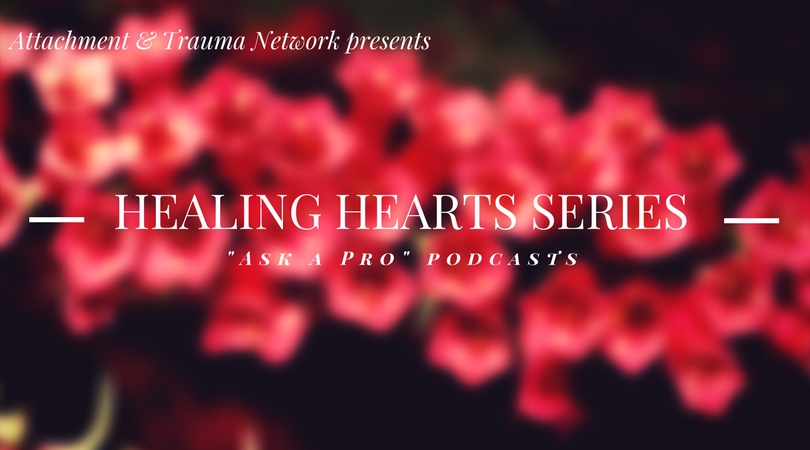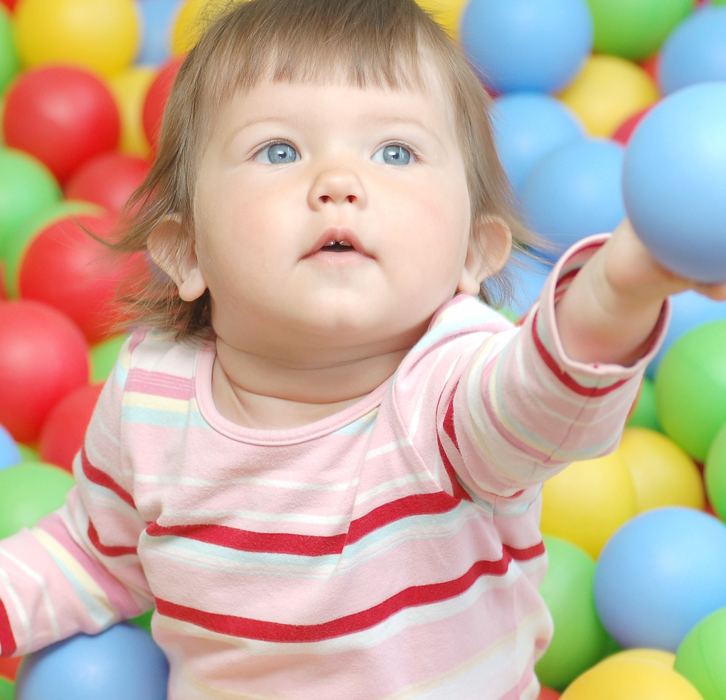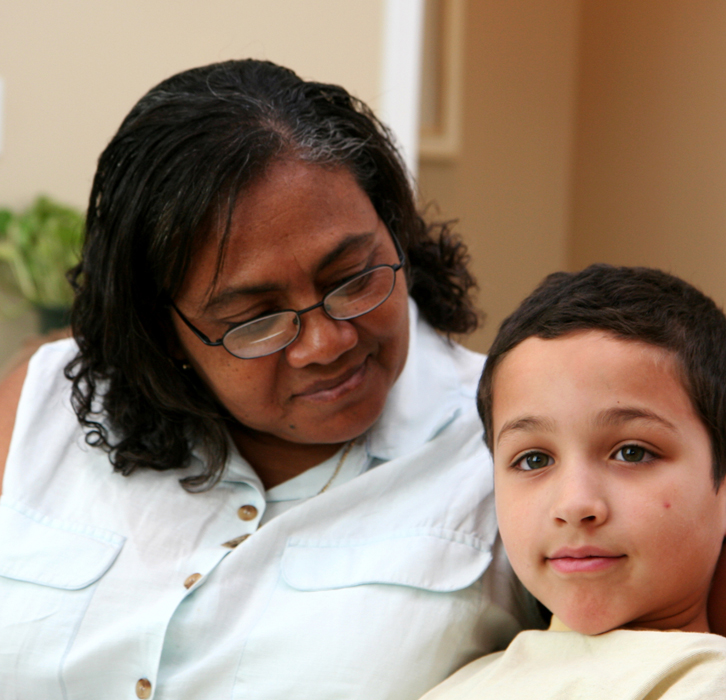Chocolate and Chicken Under the Bed

–by Emerging Mama Monica Reynolds [originally published on the author’s blog, November 14, 2017, just in time for the biggest food extravaganza of them all!] Just this past week, I discovered a new secret stash of food and food wrappers in my child’s bedroom. It wasn’t in the same place as the stash before, or the […]
Are Traumatized Children Hopeless?

–by Julie Beem I’ve been to a handful of post-adoption conferences this spring and summer. After working with ATN for over a decade, I have been excited by the number of workshops and speakers addressing early childhood trauma, and in some cases citing the Adverse Childhood Experiences (ACEs) Study. I remember all too well the […]
Healing Hearts Series

Join ATN’s Julie Beem and Lorraine Schneider throughout 2017 as we interview ATN’s Professional Members about their programs, expertise, and insights into parenting traumatized children and helping hearts to heal. This is a FREE “Members Only” benefit and can be seen. Members, contact us for password information. All live webinars can be accessed as follows: […]
Residential Treatment: When Holding On Means Letting Go
–by Sara Borgstede This was originally posted on the author’s website, The Holy Mess – Balancing Faith, Family, and Fitness, on June 4, 2017. As we drive through the beautiful rolling hills of western New York, my husband reaches over to grasp my hand. I glance over and see a stream of tears run down his […]
Sensory Integration Disorder

What is Sensory Integration Disorder? Sensory Integration Disorder, also known as Sensory Processing Dysfunction (SID or DSI), occurs when an individual cannot process sensory information smoothly and efficiently. Children with this disorder may feel confused, afraid, overwhelmed, or angry when faced with sensations that other children handle easily. These emotions can influence their behavior significantly. […]
Neurological Reorganization (NR)

Neurological Reorganization, NR, or Neuro-reorg, is an intervention that addresses the challenges of a disorganized or injured brain. Some children have pervasive neurodevelopmental challenges that impact all areas of their functioning, and in worst cases children are globally delayed or brain injured. Children whose developmental trauma/attachment disorder beginnings have greatly impacted their development can benefit from […]
Eye Movement, Desensitization and Reprocessing (EMDR)

Eye Movement Desensitization and Reprocessing (EMDR) is a form of psychotherapy developed to alleviate the distress associated with traumatic memories. EMDR therapy helps people heal from emotional pain and psychological symptoms that are the result of disturbing life experiences. It is based on the idea that the mind can heal from psychological trauma much like […]
Trauma without Healthy Attachment: How a Child Feels

–by Janyne McConnaughey, PhD I sat on the floor next to her. I understood her fear of abandonment, the trauma she had experienced, and how her mother had been unable to provide any form of comfort. I watched her body shake uncontrollably and offered a blanket. I knew she would not want me to hold […]
Neediness: An Unintended Consequence of Shame
–by Janyne A. McConnaughey, Ph.D. originally published June 21, 2017 on Janyne’s blog I stood in the doorway. I was very small, maybe two. I was sucking on my two middle fingers and watching my mother in the kitchen. I was forbidden from entering. Then I did the unthinkable. I stepped over the imaginary line and […]
The Fine Art of Consequences – Part II

–by Julie Beem In my last post, I wrote about a mom in search of an appropriate consequence for her daughter’s misbehavior at school. I suggested that an at-home consequence (taking away Wednesday night church activities) for an in-school behavior might not be the best approach, in part because children with brains affected by trauma […]